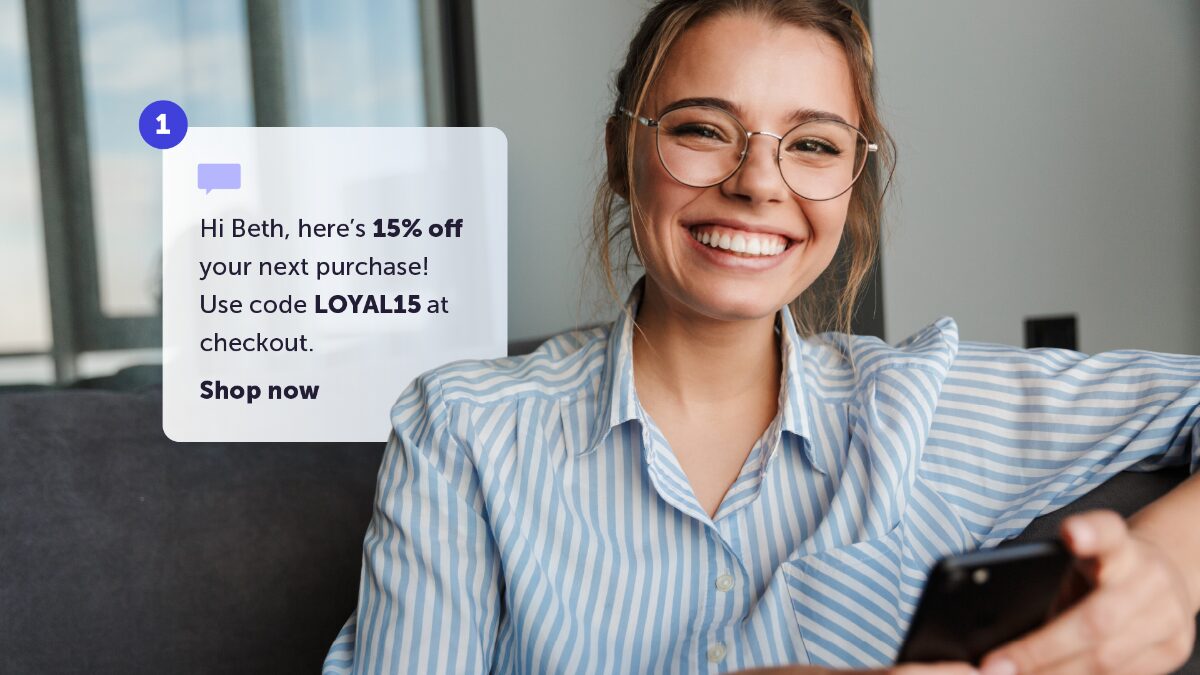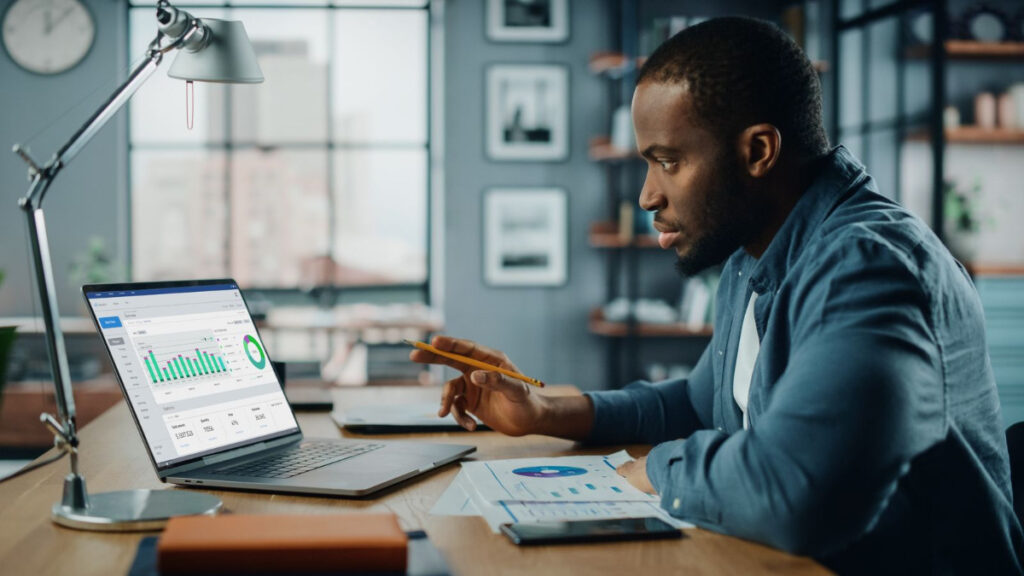Your guide to customer win-back programs

Re-engaging customers who have lapsed in their engagement or haven’t purchased in a while is a significant challenge for marketers in today’s fast-paced and saturated market. An effective win-back automation strategy can help retain customers and enhance long-term loyalty.
In this blog post, we will explore strategies for win-back programs that focus on optimizing timing, content, and personalization in both email and SMS campaigns. We will also provide relevant industry statistics to demonstrate their effectiveness.
The importance of a win-back programs
A well-planned win-back automation campaign has two main goals:
Goal 1: Drive repeat purchases
Customers who have made a purchase in the past are more likely to buy from you again compared to first-time shoppers. Nurturing these relationships through personalized marketing efforts can significantly enhance customer lifetime value. In fact, a study by Bain & Company found that increasing customer retention rates by just 5% can boost profits by 25% to 95%.
Goal 2: Foster long-term loyalty
The primary goal is to cultivate long-term loyalty, ensuring that customers prefer your brand over competitors and consistently choose your products or services. Implementing effective customer retention strategies—such as win-back automations—can generate up to seven times more sales compared to customer acquisition efforts.
Timing considerations for win-back campaigns
Timing is everything when it comes to win-back campaigns. Reaching out at the right moment can significantly increase your chances of re-engaging customers and driving repeat purchases. Here are some key timing considerations:
- Analyze customer purchase patterns
The foundation of effective timing lies in a thorough analysis of your customer purchase patterns. By examining your customer data, you can determine the average time between consecutive purchases. This will help you pinpoint the ideal moment to re-engage.
While your specific data is crucial, industry benchmarks can provide valuable insights. For example, a study by MarketingCharts found that sending a win-back email between 21 and 45 days after the last interaction resulted in the highest open rate at 12.7%.
- Utilize predictive analytics
Modern win-back campaigns greatly benefit from the power of predictive analytics. By using predictive analytics, you can analyze past behavior to identify patterns that predict what’s next. In other words, you can predict the future from today’s data.
These data-driven profiles help identify at-risk customers before they completely disengage. The key is to utilize these insights to develop personalized messaging that resonates with each customer’s specific situation and needs.
- Consider seasonal factors
Seasonal considerations play a vital role in win-back campaign timing. Understanding your industry’s natural business cycles helps determine the most effective moments for re-engagement. For instance, a winter sports retailer might find success reaching out to dormant customers during the off-season, generating excitement about upcoming products or early-bird sales opportunities.
However, timing these campaigns requires careful consideration of broader market conditions. Avoiding periods when customers are overwhelmed with marketing messages, such as major holidays or industry-wide sale events, can significantly improve campaign effectiveness.
Email content in win-back campaigns
Crafting compelling email content is essential for successful win-back campaigns. Your emails should be well-thought-out, relevant to your audience, and tailored to drive re-engagement. Pay close attention to the following aspects:
Tone
The overall tone of your win-back email should resonate with your brand message and address your customers’ interests. Depending on your audience, product type, and other factors, your tone can vary:
- Replenishment: If your products need to be replenished (e.g., cosmetics, supplements), adopt a tone that gently reminds customers it may be time to reorder.
- Upselling: In cases where there is an opportunity for upselling or cross-selling (e.g., tech gadgets, clothing), communicate with a tone that highlights the benefits of complementary products or promotions.
Product recommendations
Customize product recommendations for each customer based on their purchase history, browsing habits, and preferences. Personalizing these recommendations can increase open rates by 14% and click-through rates by 10% compared to generic emails.
Personalization
Studies have shown that personalized emails can deliver six times higher transaction rates. This shows personalization is a critical element in win-back emails. Ensure your campaigns are personalized, addressing customers by name and showcasing content that suits their interests. This approach enhances the customer experience and improves the likelihood of re-engagement.
Provide incentive
Encouraging customers to reconnect with your brand can be an effective strategy. One way to do this is by offering limited-time promotions, discounts, or exclusive deals. These incentives can motivate customers to engage with your brand again and remind them of the value you provide. According to MarketingSherpa, win-back emails that include an offer have a redemption rate of 2.09%, compared to just 0.51% for those without an offer. This clearly highlights the effectiveness of incentives in encouraging customer return.
Highlight loyalty program benefits and redeemable rewards
If your business has a loyalty program or rewards system, take advantage of these benefits in your win-back automation. Remind inactive customers of the perks they might be missing out on, and encourage them to redeem any accumulated rewards before they expire. This approach can rekindle their interest and motivate them to shop again.
A study by Accenture found that 75% of consumers say they would switch brands if offered real-time discounts and promotions tailored to their preferences. This underscores the importance of loyalty programs and personalized offers.
Create successful win-back automation campaigns today
In conclusion, crafting effective win-back automation campaigns requires a strategic approach that combines precise timing, engaging content, personalized messaging, and compelling loyalty program incentives.
By implementing these strategies and leveraging industry insights, you can reignite customer interest, drive conversions, and foster long-term brand loyalty. Win-back campaigns are not just a reactive measure but a proactive component of a comprehensive marketing strategy that complements your customer acquisition and retention efforts.



